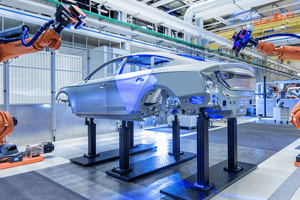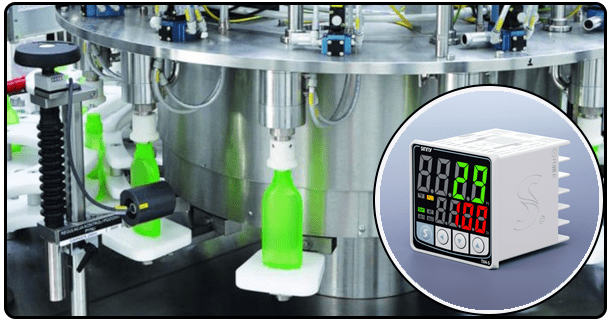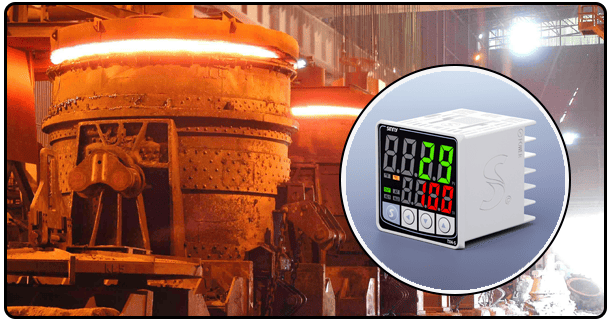What does PID temperature controller mean? | A Comprehensive Guide
Learn about the benefits, meaning and functionality of PID temperature controls. Discover how PID temperature controllers can enhance accuracy and efficiency for a variety of applications.
1. The following is a brief introduction to the topic:
This article explains the benefits, features, and meaning of PID controllers. It makes complex technical concepts understandable for all readers.
2. What is PID temperature controller?
PID controllers are devices that regulate and manage temperature using advanced algorithms. The controllers adjust the input of the system based on the deviations.
Setpoint refers to the desired temperature. The Process Variable (PV), indicates the temperature at the moment. The Manipulated Variable is the adjustment made in order to achieve or maintain the desired temperature. These components work together to provide precise temperature control in a variety of applications.
3. History of PID controllers
PID controls can be traced to the early advances of the industrial revolution. James Watt’s steam engine governor was the first to introduce feedback control, which paved the way for further innovations. Nicolas Minorsky developed PID theory in 1922. He focused on error correction and dynamic stability.
4. What is the PID temperature controller?
The feedback system of a PID controller is what makes it work. The controller continuously compares the current temperature to the presetpoint and calculates any necessary adjustments.
Proportional: The parameter responds proportionally to the magnitude and deviation of the errors from the target.
Integral: This method accounts for past errors and eliminates them gradually.
Derived (D): The component evaluates the rate of changes to predict future trends, which allows the system anticipates and minimizes potential overshoots.
This three-part system ensures accurate and stable temperature regulation by adapting to different dynamic conditions.
5. The benefits of using PID temperature controllers
The precision and flexibility of PID controllers is unmatched. These controllers are vital for efficiency and automation. They offer several advantages:
Accuracy Provides precise temperatures regulation for sensitive processes such as chemical reactions and food preparation.
Adaptability Responds to changing situations with dynamic responses.
Energy Efficient: Reducing energy consumption through minimization of fluctuations and overshoots.
Improved Productivity: Enhances performance for industrial applications.
6. Different types of temperature controllers PID
Different PID controllers are available to meet specific requirements:
Simple design of single-stage controllers.
Controls with two stages: Ideal in systems of moderate complexity.
Controllers with three stages: Ideal for systems that require high precision. PLCs can be integrated with PID controllers to expand their functionality.
7. PID Temperature Controls: Applications
The PID controller is a common tool in many industries.
Manufacturing chemical products: Assuring product quality and reaction stability.
Food Processing: Keeping consistent temperatures for cooking and freezing.
Home DIY projects: PID controllers are used by enthusiasts to create a variety of projects, from home espresso machines to home brewing.
PID controllers can be used in HVAC, medical devices and robotics.
8. Installing and Using the Product
When installing and using PID Temperature Controllers, it is important to take into consideration the following:
Select: Pick a controller that is suitable for your application.
Installation: Please follow the manufacturer's instructions on wiring and configuration. It is important to ensure that the sensor is placed correctly for accurate readings.
Troubleshooting Monitor and correct issues, such as incorrect sensor calibration or settings.
9. The conclusion of the article is:
Conclusion: PID controllers provide precise temperature control for a wide range of applications. These devices improve efficiency and reliability by utilizing Proportional Integral and Derivative algorithm. PID controllers are ideal for industrial projects or home DIY. They provide users with the advanced technology they need to get optimal results.
- Willhi High Precision PID Temperature Control WH9137
- PID temperature controllers: A guide to precision and efficiency























